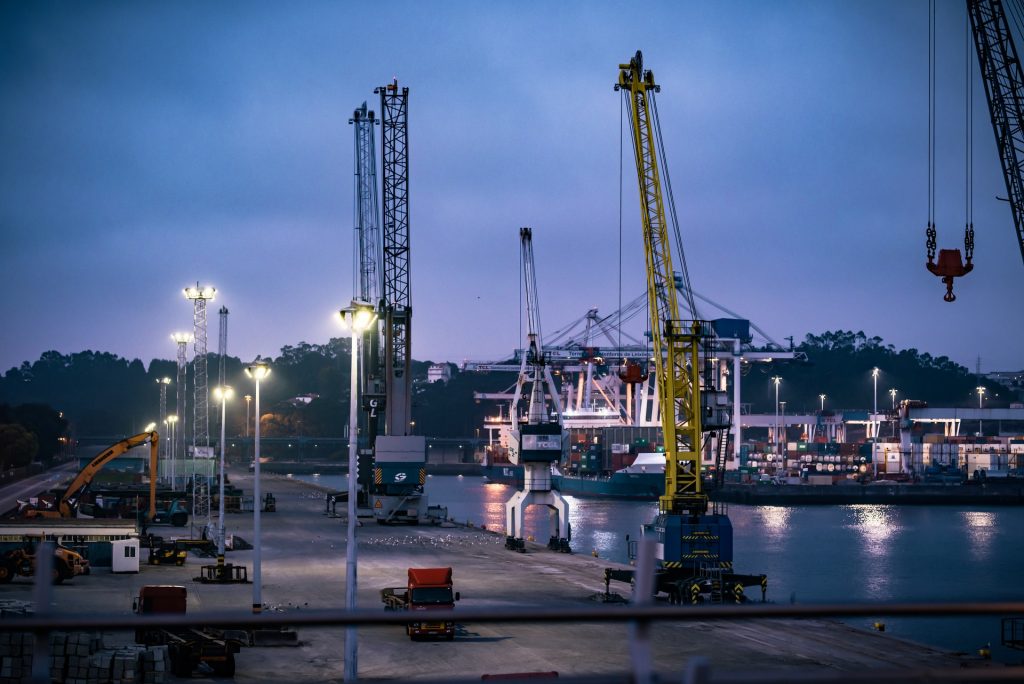Green ammonia doesn’t get the press it deserves. Maybe because it’s more of an industrial than a consumer product; maybe because it’s a step behind green hydrogen from a technology point of view.
Whatever the reason, green (and blue) ammonia is soon to get its time in the spotlight, because it is vital to the hydrogen economy and to the global decarbonisation process.
100 years ago, ammonia came to the rescue of a world that was running out of natural fertiliser to grow food. The Haber-Bosch process, created by two German chemists in the first decade of the 20th Century, is responsible for almost all the world’s ammonia, as well as derivatives such as urea and ammonium nitrate, also used as fertiliser.
Today, the vast majority of ammonia it is created from grey hydrogen, which is produced from natural gas and emits carbon dioxide. Green and blue ammonia are made from green and blue hydrogen, respectively, and have the potential to make this polluting chemical emissions free.
If the world’s current ammonia output of about 176 million tonnes per year were converted to the green variety, it would eliminate 1.8% of the world’s carbon dioxide emissions. While that would be a huge win in itself, green ammonia has many more uses that mean it will likely play a central role in the hydrogen economy of the future.

Ports are readying themselves for the coming trade of ammonia. Last week, gas network operator Gasunie, terminal operator HES International and storage firm Vopak agreed to develop an import terminal for green and blue ammonia at the port of Rotterdam in the Netherlands.
Its two main uses outside of farming are maritime transport and the transport of hydrogen. Green hydrogen’s biggest challenge may be economically moving it from places where renewable energy is most abundant and it is therefore cheapest to produce, such as Australia and South America, to the biggest consuming nations, such as Germany.
Liquid hydrogen needs to be stored a -253 degrees C, close to absolute zero, while ammonia needs to be held only at -33 C. It also has a higher energy density than liquid hydrogen (12.7 MJ/L vs. 8.5 MJ/L). Thanks to ammonia’s use as a fertiliser, there is already a sizeable infrastructure to handle it, including 120 ports with ammonia terminals. It can also be transported in semi-refrigerated LPG tankers of which a global fleet already exists.
Transporting hydrogen as ammonia is not a free lunch: converting from one to the other uses 7-18% of the energy in the hydrogen itself. However, that is still considerably better than the 30% lost in liquefaction.

Thanks to ammonia’s use as a fertiliser, there is already a sizeable infrastructure to handle it.
Ports are readying themselves for the coming trade. Last week, gas network operator Gasunie, terminal operator HES International and storage firm Vopak agreed to develop an import terminal for green and blue ammonia at the port of Rotterdam in the Netherlands. The terminal will be connected to the European hydrogen pipeline backbone.
This week, Total Eren said it had commissioned an initial engineering study for a mega-scale green hydrogen and green ammonia plant in Chile.
Green ammonia can also be used directly as a marine fuel. Even though, the technology to burn ammonia in two-stroke and four-stroke marine engines is still developing, a network of bunker terminals to supply ships with green ammonia fuel is already taking shape, with both expected to come online in 2024.
It is unlikely to be a household name like clean hydrogen, but clean ammonia has a big role to play in the future hydrogen economy.
For more about Ryze Hydrogen click here.






